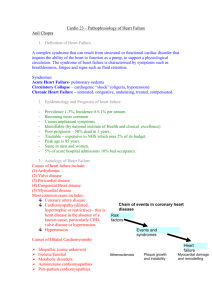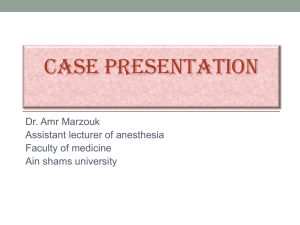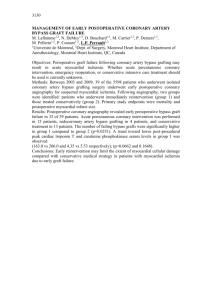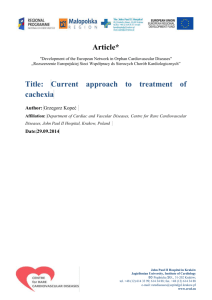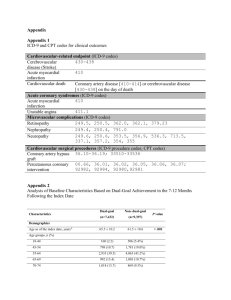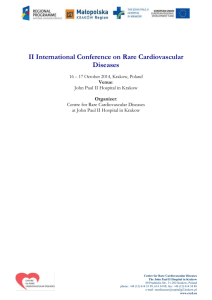Cardiovascular complication in Kawasaki disease
advertisement
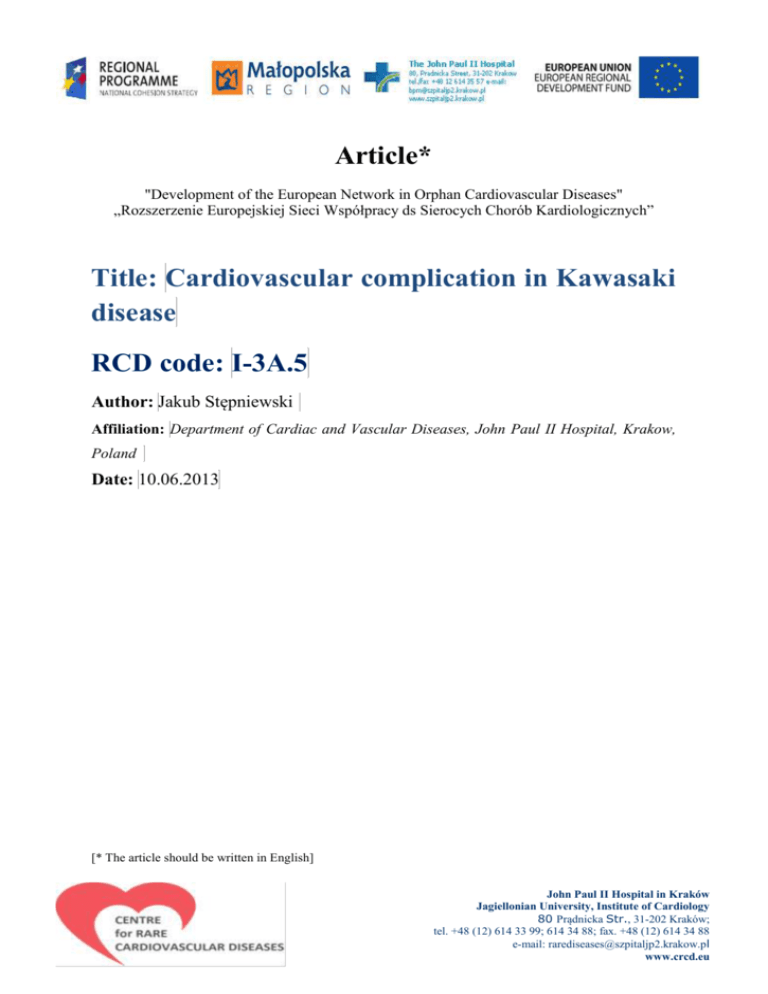
Article* "Development of the European Network in Orphan Cardiovascular Diseases" „Rozszerzenie Europejskiej Sieci Współpracy ds Sierocych Chorób Kardiologicznych” Title: Cardiovascular complication in Kawasaki disease RCD code: I-3A.5 Author: Jakub Stępniewski Affiliation: Department of Cardiac and Vascular Diseases, John Paul II Hospital, Krakow, Poland Date: 10.06.2013 [* The article should be written in English] John Paul II Hospital in Kraków Jagiellonian University, Institute of Cardiology 80 Prądnicka Str., 31-202 Kraków; tel. +48 (12) 614 33 99; 614 34 88; fax. +48 (12) 614 34 88 e-mail: rarediseases@szpitaljp2.krakow.pl www.crcd.eu BACKGROUND Kawasaki disease (KD) is one of the most common pan-vasculitides in pediatric population [1]. It has extensively been studied in Japan since the 70s. Asian reports an annual incidence of 112 cases per 100,000 children under age 5 years, whereas American 10 per 100,000 [2,3]. The incidence of KD in adults is unknown. No more than 100 cases of KD in adults have been described, mostly between 18 to 50 years old [4,5]. DISCUSSION Clinical manifestations result from the ongoing inflammation of the small and medium sized vessels. The condition is typically self-limiting, lasting for an average of 12 days [6]. Symptoms include prolonging fever, bilateral bulbar conjunctival injection, oral mucous membrane changes, including injected or fissured lips, injected pharynx, or strawberry tongue, peripheral extremity changes, including erythema of palms or soles, edema of hands or feet (acute phase), and periungual desquamation (convalescent phase), polymorphous rash and cervical lymphadenopathy [6]. Following the recommendations of the American Heart Association (AHA) and the American Academy of Pediatrics (AAP) the diagnosis of KD can be made when prolonging, unexplained fever is accompanied by 4 out of 5 abovementioned signs [6]. It is however apparent, that not all of the clinical features are present at a single point in time, and watchful waiting is sometimes necessary before setting the final diagnosis. Biochemical analysis reveals elevation of inflammatory markers, white blood cells and platelets, normocytic anemia, abnormalities in liver and kidney function tests [6]. Cardiac involvement during the acute phase of KD is frequent and include inflammation of the pericardium, myocardium, atrioventricular conduction system, heart valves, and endocardium [7]. Physical examination often reveals hyperdynamic precordium, tachycardia, a gallop rhythm in the setting of anemia, fever, and depressed myocardial contractility secondary to myocarditis. Histological evidence suggests that myocarditis is universal in acute KD [8]. Depressed ventricular contractility is common early in the course of KD and improves rapidly after IVIG therapy. Mild or moderate mitral regurgitation is present in 25% of patients at initial echocardiographic evaluation and diminishes with treatment [9]. The most prominent complication of KD are coronary arteries aneurysms (CAA), which may result in myocardial ischemia, myocardial infarction, or sudden death [10]. CAA can first be John Paul II Hospital in Kraków Jagiellonian University, Institute of Cardiology 80 Prądnicka Str., 31-202 Kraków; tel. +48 (12) 614 33 99; 614 34 88; fax. +48 (12) 614 34 88 e-mail: rarediseases@szpitaljp2.krakow.pl www.crcd.eu detected by echocardiography about seven days after fever onset. It may affect as many as 25 to 43% of children [11,6]. Among patients who develop aneurysms, mortality is highest between 15 and 45 days after onset of KD. The prognosis of CAAs depends on the size and shape of the aneurysm. The best prognosis is associated with small aneurysm size [19]. In all patients with KD, cardiac testing should include echocardiography, electrocardiography, and stress testing. Computed tomographic angiography (CTA) is performed to image the coronary arteries in patients without known aneurysms. The management of cardiovascular sequelae of KD includes prevention of coronary thrombosis, treatment of patients with myocardial infarction and coronary thrombosis, and in some severe rare cases, cardiac transplantation [6]. Therapeutic regimens used in patients with Kawasaki disease depend on the severity of coronary involvement and include antiplatelet therapy with aspirin or clopidogrel, anticoagulant therapy with warfarin or low-molecular-weight heparin or a combination of anticoagulant and antiplatelet therapy, usually warfarin plus aspirin [6]. In patients with clinical signs of coronary ischemia including reversible ischemia with exertion, coronary artery revascularization intervention should be performed. The type of revascularization depends on the size, location and complexity of CAA. In patients who suffer a myocardial infarction, emergent therapy for reperfusion and revascularization is required. SUMMARY KD is most commonly observed in children. Rarely it is diagnosed in adults. Although, the diagnosis is made based upon the presence of classical symptoms, incomplete presentation of KD may also be observed. Vigilance is therefore required not to miss the proper diagnosis. Initiation of appropriate treatment on time may decrease the rate of coronary arteries complications. Therapy of CAA include pharmacological prevention of thrombotic complications and interventional management of myocardial ischemia. ……………………………………….. Author’s signature** [** Signing the article will mean an agreement for its publication] John Paul II Hospital in Kraków Jagiellonian University, Institute of Cardiology 80 Prądnicka Str., 31-202 Kraków; tel. +48 (12) 614 33 99; 614 34 88; fax. +48 (12) 614 34 88 e-mail: rarediseases@szpitaljp2.krakow.pl www.crcd.eu

